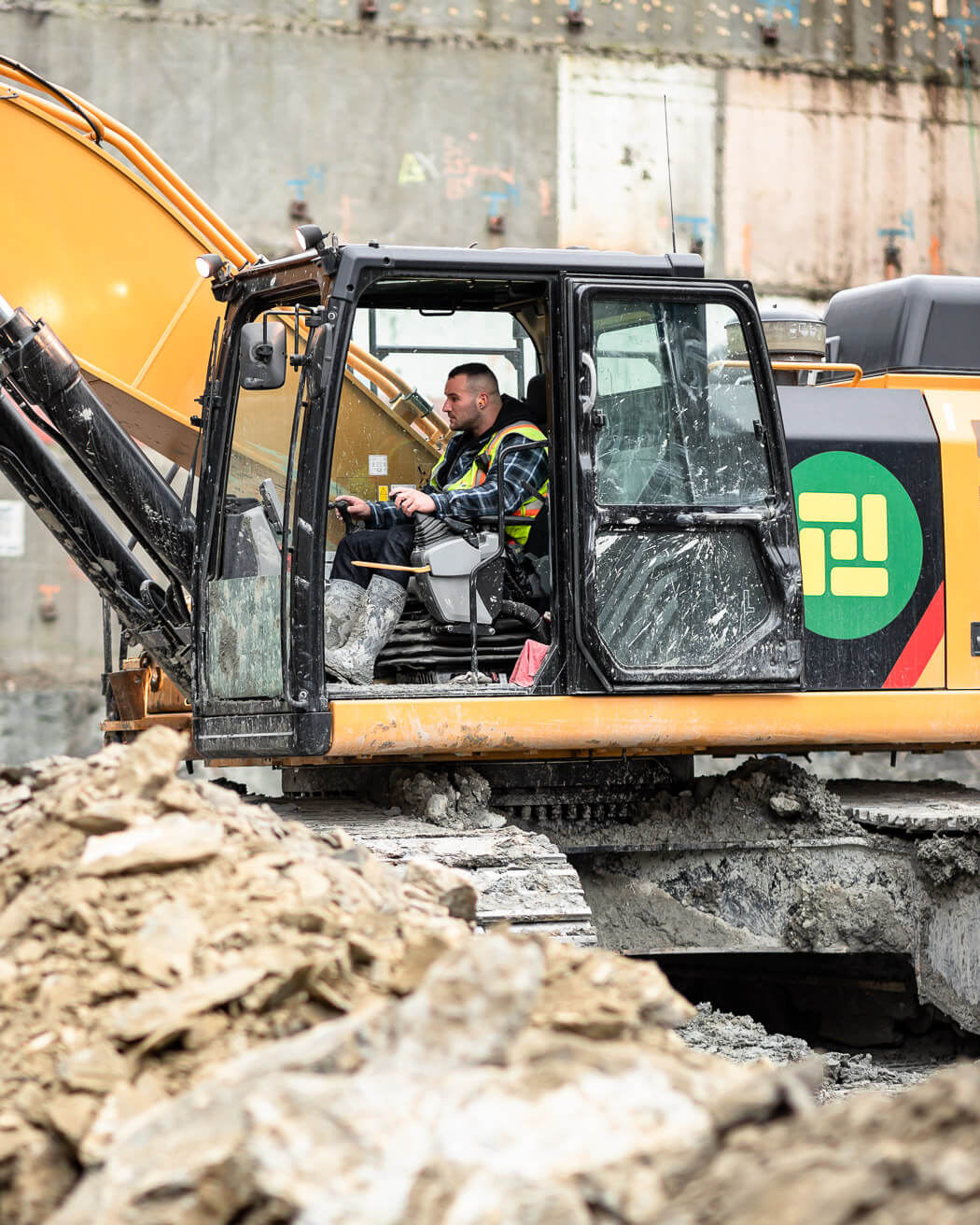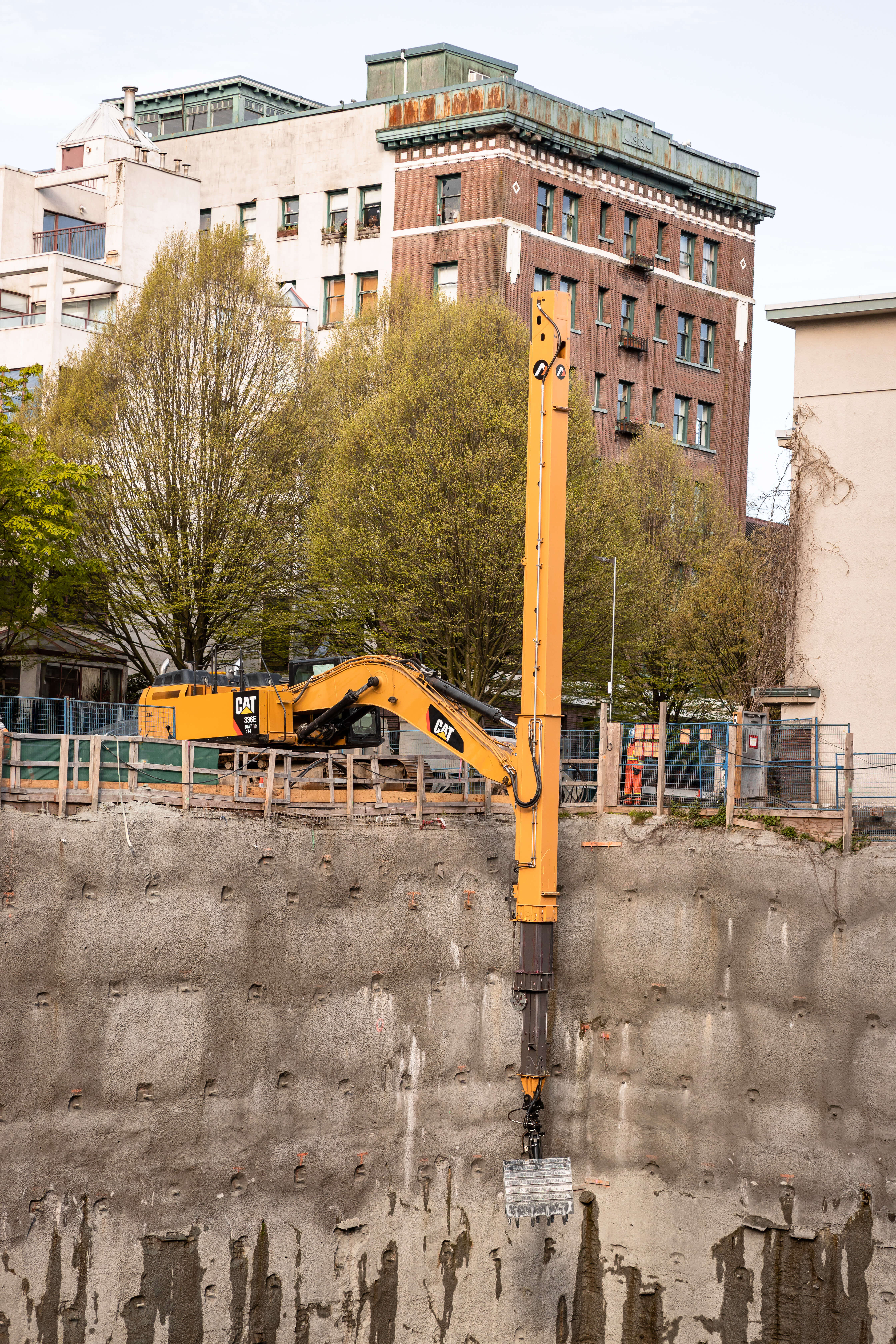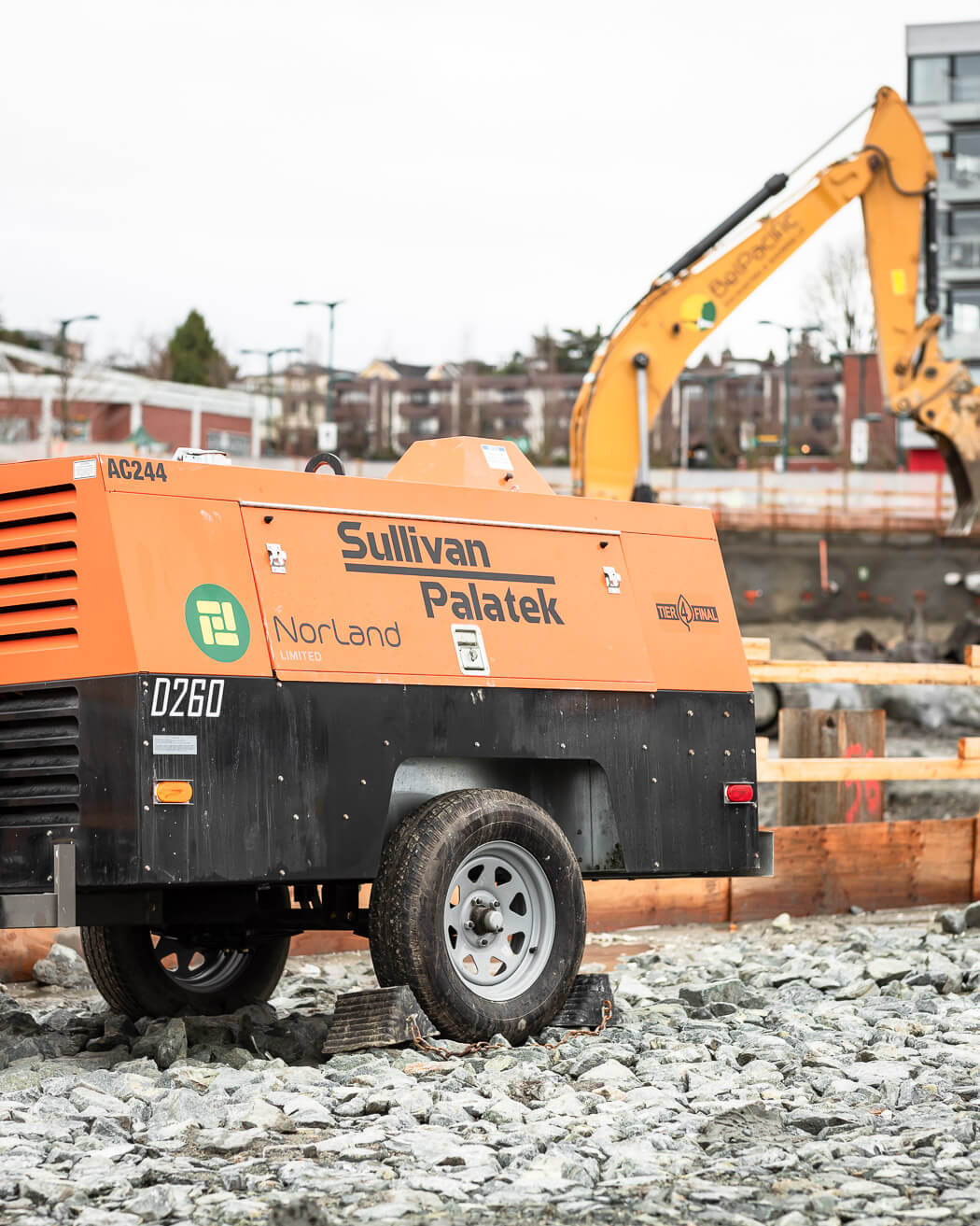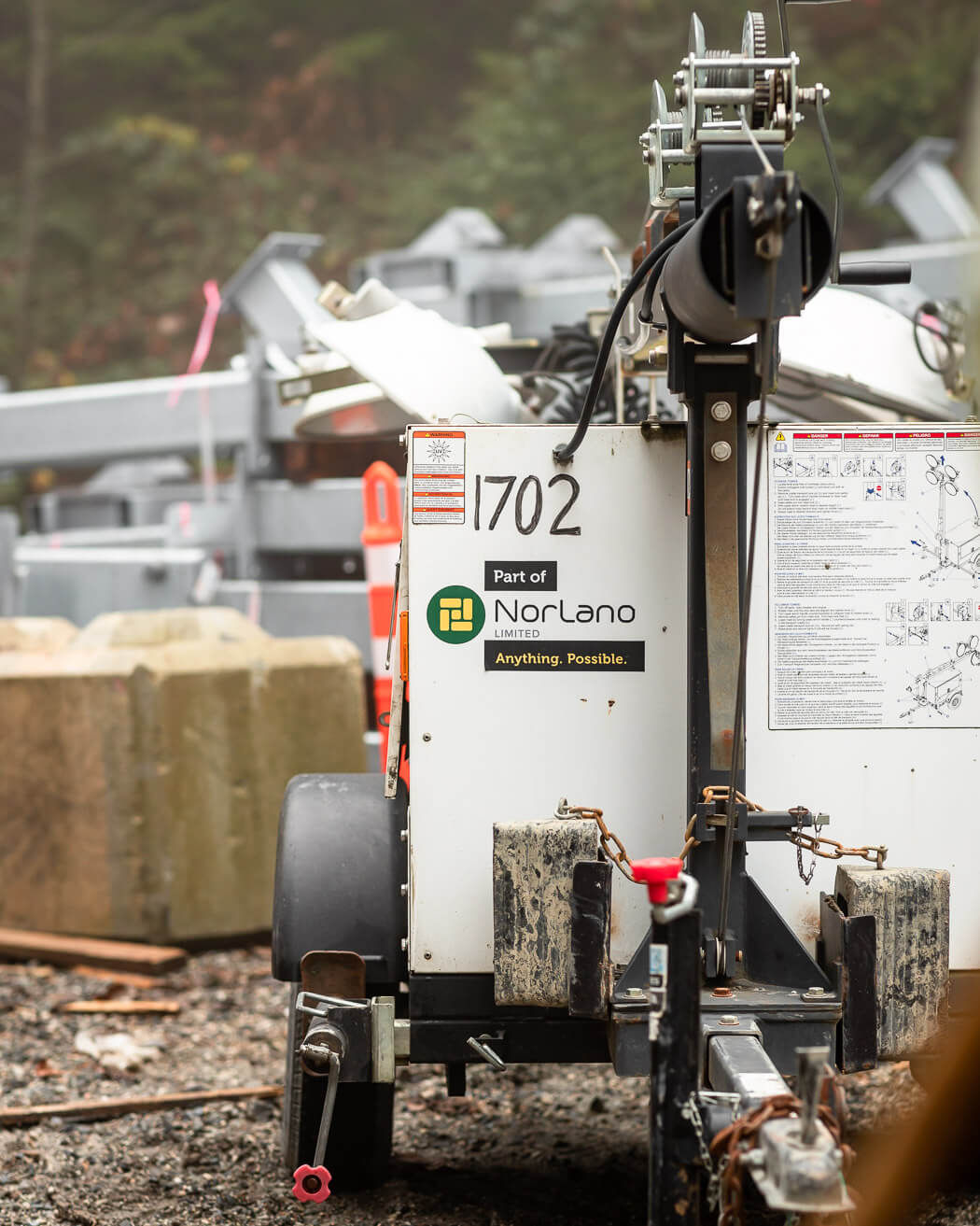
As equipment manager for NorLand Limited, a civil and heavy industrial construction company that provides infrastructure, mining, blasting and drilling, John Ashcroft has his work cut out for him with 16 business units throughout Western Canada & Quebec and in excess of 800 assets to manage. But with over 36 years in the business, 25 of those in excavations of some of the largest structures in Vancouver’s downtown core, he’s got the expertise and the know-how to get the job done. “I understand how the equipment works and how we use it, and I specialize in the actual operation of the equipment,” says Ashcroft. He’s also a telematics expert and has been working on integrating telematics into the business for the past five years.
NorLand Limited has been a customer of Finning since 1954 when it started with the parent company Pacific Blasting. According to Peter Gibbons, regional technology manager for Finning, “NorLand is one of Finning’s longest-standing customers in the region and one of the first to adopt technology.”
As an early adopter of telematics, NorLand’s journey is probably not a typical one, although the reason behind getting started was. “For us, telematics gave us visibility to location and utilization. At the end of the day, that was it. Where is my equipment, and is it working?” said Ashcroft. “It actually started with these little tow-behind compressor units. We had a sign-out sheet that wasn’t always being used. We knew these units were out there working, but we couldn’t accurately report on it.” NorLand put tracking devices on six compressor units with immediate results. “We were able to see their location and whether or not they were working. The cost recovery was so good right off the bat that we just kept ordering more devices and hooking stuff up. After those first six units, we were off to the races.” Today, NorLand has over 150 connected assets from compressors and concrete pumps to heavy equipment.



Share This